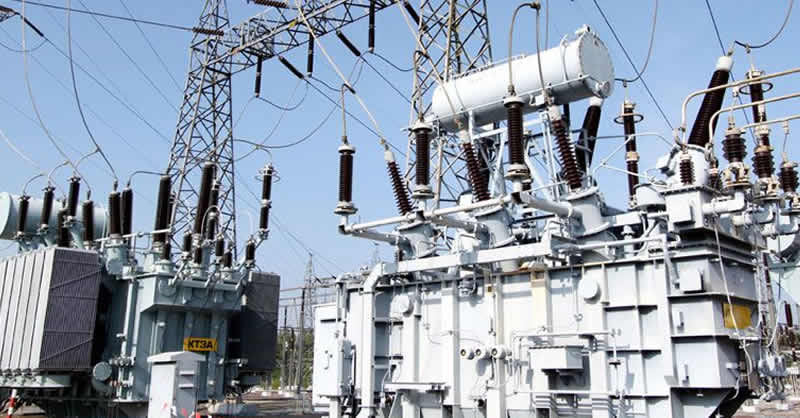There were 46 power grid breakdowns in Nigeria between 2017 and 2023, according to a report released on Wednesday by the International Energy Agency (IEA).
According to a study, there would be more nationwide blackouts for Nigerians in 2023 as a result of a massive transmission line fire that occurred on September 14 and brought down the grid, according to Anaedoonline.ng.
According to the IEA, Nigeria had 46 grid breakdowns between 2017 and 2023 as a result of frequent power disruptions.
National Grid: Stop Pretending, Sowore Knocks Atiku
The continuous issues with Nigeria’s grid were attributed to vandalism and ageing infrastructure.
The research went on to say that because to the country’s failing power infrastructure, Nigerians now depend 40% more on backup generators for their electrical demands.
The IEA report read, “Although the country has a total installed capacity of about 13 GW, average available capacity remained around 4.5 GW in 2023 due to a combination of factors such as deteriorating units, poor maintenance and liquidity constraints.
“Unreliable power supply due to limited grid infrastructure, underinvestment and ineffective regulatory frameworks have resulted in an estimated 40 per cent of all the electricity consumed in the country being produced from backup generators.”
Don’t Expect Stable Grid After Vandalization – TCN To Nigerians
Natural gas was expected to have produced roughly 75% of the electricity generated on the main grid in 2023, according to the nation’s Energy Transition Plan. It was predicted that natural gas would continue to be important for energy supply and grid stabilisation for Nigeria’s power sector until 2030, at which point it would start to decline.
The report further detailed that “Renewables are also forecast to increase over the 2024-2026 period, at a compound annual growth rate of around eight per cent.
“Hydropower accounts for most of the renewables generation during 2024-2026, largely due to the completion of the Zungeru project, with an estimated generation of 2.6TWh per year.
“Solar PV is expected to grow rapidly, with an average rate of above 50 per cent per year over the next three years,” the report indicated.
Follow us on Facebook
Post Disclaimer
The opinions, beliefs and viewpoints expressed by the author and forum participants on this website do not necessarily reflect the opinions, beliefs and viewpoints of Anaedo Online or official policies of the Anaedo Online.

